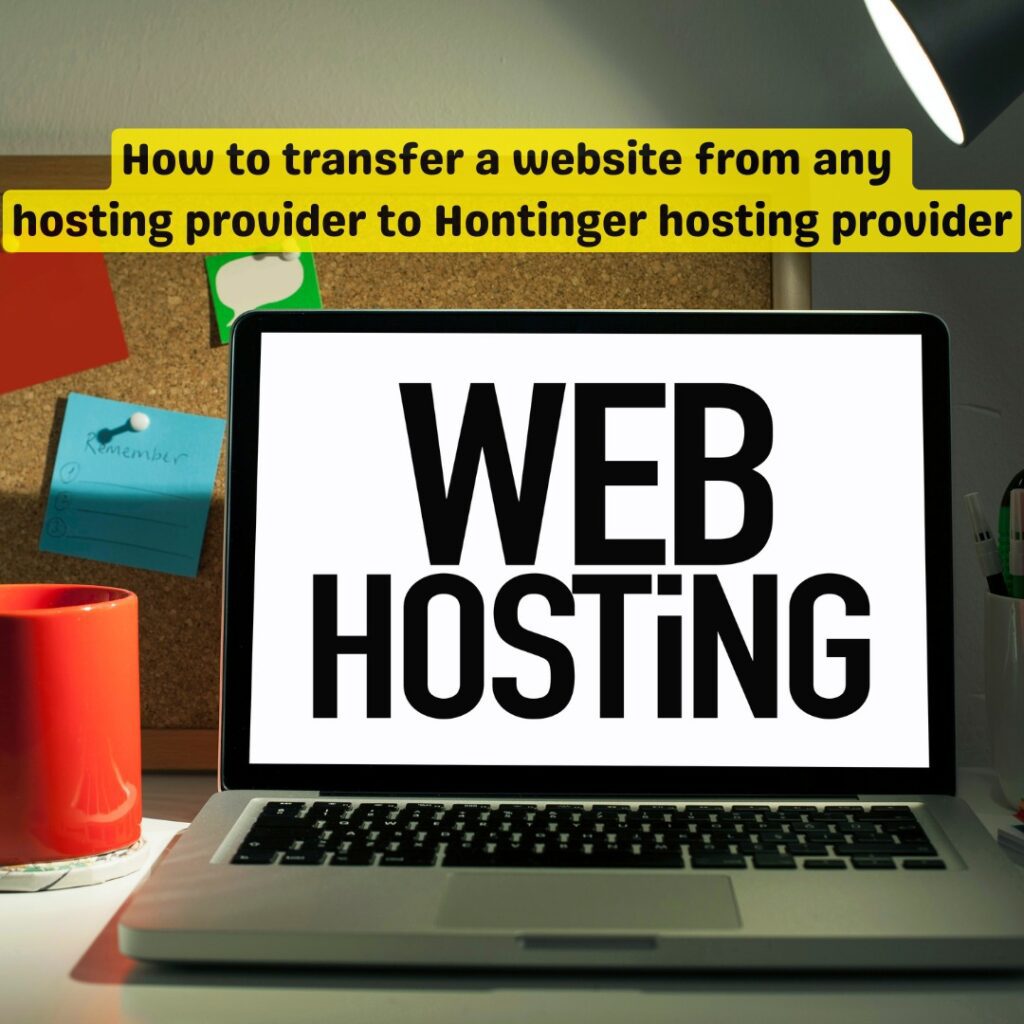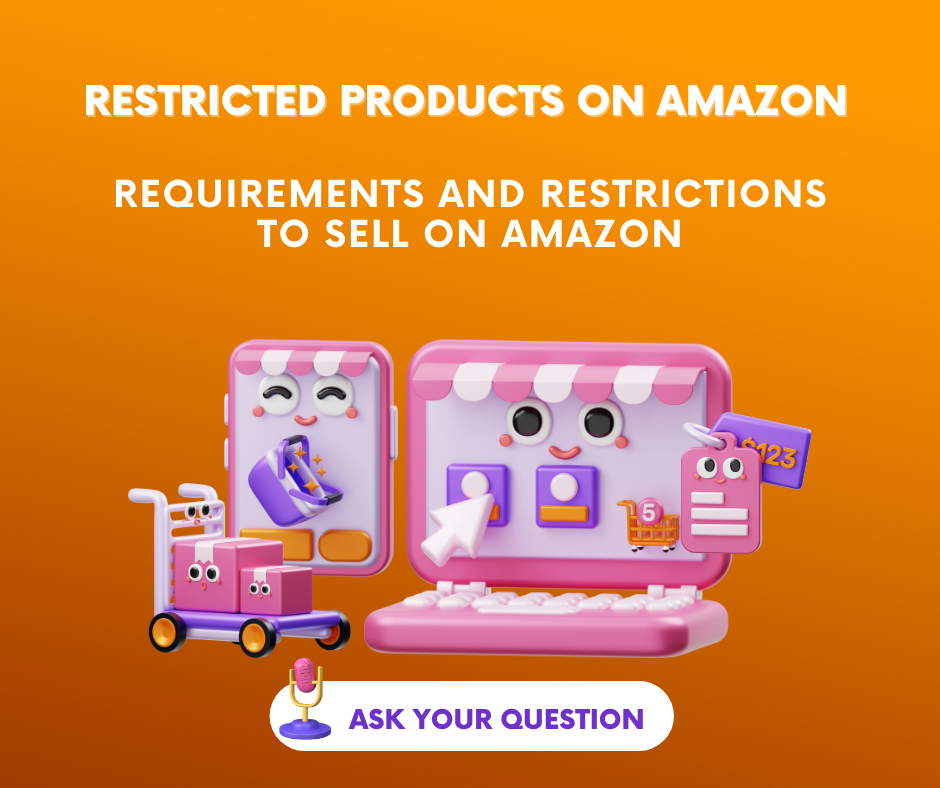In this fast-paced digital era, having a reliable web hosting provider is crucial for the success of your online presence. If you’re looking to transfer a website from your current hosting provider to Hontinger Hosting, you’ve come to the right place.
In this blog, we’ll guide you through the seamless process of transferring your website to Hontinger Hosting, ensuring a smooth transition and uninterrupted online performance. So, let’s dive right in and explore the steps to make your website migration a breeze!
Step 1: Research Hontinger Hosting Provider
Before making any decision, it’s essential to gather information about the hosting provider you’re considering. Hontinger Hosting is renowned for its top-notch performance, excellent customer support, and competitive pricing. Take your time to explore their features, plans, and customer reviews to make an informed choice.
Researching a hosting provider is an essential step before deciding to migrate your website. Here’s a guide on how to research Hontinger Hosting provider to ensure it meets your needs:
Visit the Hontinger Hosting Website
Start by visiting the official website of Hontinger Hosting. Take your time to explore the different sections, plans, and features they offer. Familiarize yourself with their overall website design, user interface, and navigation. A well-designed and user-friendly website often indicates a reputable hosting provider.
Read Customer Reviews and Testimonials
Look for customer reviews and testimonials about Hontinger Hosting. Check out independent review websites, forums, and social media platforms to gather insights from real customers. Pay attention to both positive and negative reviews to get a balanced view of the hosting provider’s strengths and weaknesses.
Evaluate Hosting Plans and Features
Carefully review the hosting plans and features provided by Hontinger Hosting. Consider your website’s specific requirements, such as traffic volume, storage space, bandwidth, email accounts, and any specialized software or applications you may need. Ensure that Hontinger offers the necessary resources and features to support your website.
Check Uptime and Performance Guarantees
Reliability is crucial for a hosting provider. Look for information on Hontinger Hosting’s uptime guarantees. A reputable hosting provider usually offers a high uptime percentage, ensuring that your website remains accessible to visitors. Additionally, check if they have measures in place to handle traffic spikes efficiently.
Assess Customer Support
Customer support plays a significant role when choosing a hosting provider. Look for information on Hontinger Hosting’s customer support channels, such as live chat, phone, and email. Find out their support availability hours and response time. A reliable hosting provider should offer responsive and knowledgeable support to assist you whenever needed.
Consider Scalability Options
While your current website needs may be relatively small, it’s essential to consider future scalability. Check if Hontinger Hosting offers scalable hosting plans or options to upgrade seamlessly as your website grows. Scalability ensures that your hosting provider can accommodate increased traffic and resource demands in the future.
Look for Security Measures
Website security is crucial in today’s digital landscape. Investigate the security measures provided by Hontinger Hosting. Look for features such as SSL certificates, regular backups, firewalls, malware scanning, and DDoS protection. A reliable hosting provider should prioritize the security of their customer’s websites.
Compare Pricing and Contracts
Compare the pricing of Hontinger Hosting’s plans with other hosting providers. Look for transparency in their pricing structure and check for any hidden fees or long-term contracts. Consider your budget and the value you’ll receive from the hosting plans they offer.
Contact Sales or Support
If you have specific questions or need clarification about any aspect of Hontinger Hosting, don’t hesitate to contact their sales or support team. Engaging in direct communication can give you a sense of their responsiveness, knowledge, and willingness to assist you.
Step 2: Choose the Right Hosting Plan
Once you’ve decided to migrate your website to Hontinger Hosting, select a suitable hosting plan that aligns with your website’s needs. Hontinger offers various options, including shared hosting, VPS hosting, and dedicated servers. Evaluate your website’s traffic, storage requirements, and budget to choose the most appropriate plan.
Step 3: Back Up Your Website
Before initiating the migration process, it’s crucial to create a backup of your website files and databases. This step ensures that you have a secure copy of your website’s data in case anything goes wrong during the transfer. Most hosting providers offer backup tools, but you can also rely on third-party plugins or manual backup methods.
Backing up your website is crucial to ensure the safety of your data and be prepared for any unforeseen issues or data loss. Here’s a step-by-step guide on how to back up your website:
Identify Your Website’s Components
Understand the different components of your website that need to be backed up. This typically includes the website files, databases, plugins, themes, media files, and any other customized configurations.
Choose a Backup Method
There are several backup methods available, each with its advantages. Here are a few commonly used methods:
- Manual Backup: This involves manually downloading your website files and databases through an FTP client or accessing your hosting control panel’s file manager. It requires more technical knowledge but provides full control over the backup process.
- Backup Plugins: Many content management systems (CMS) like WordPress offer backup plugins. Install a reputable backup plugin specific to your CMS, configure the settings, and let the plugin handle the backup process automatically.
- Hosting Provider Backup Tools: Check if your hosting provider offers built-in backup tools. Some hosting providers provide automatic backups that you can access and restore directly from your hosting control panel.
- Third-Party Backup Services: There are external backup services available that specialize in website backups. They often provide more advanced features, scheduling options, and off-site storage for added security.
Determine Backup Frequency
Decide on the frequency of your backups based on how frequently your website’s content and data are updated. If your website experiences regular updates, consider a daily or weekly backup schedule. For websites with fewer updates, a monthly backup might suffice.
Backup Website Files
To manually back up your website files, connect to your hosting account using an FTP client or access your hosting control panel’s file manager. Locate your website’s root directory (usually named “public_html” or “www”) and download all the files and folders within it. Save them to a secure location on your computer.
Backup Databases
If your website relies on a database (e.g., MySQL, PostgreSQL), you’ll need to back it up separately. Most CMS platforms provide options to export the database as a backup file. Alternatively, access your hosting control panel and look for database management tools to export the database. Save the backup file to a secure location.
Store Backups Securely
Ensure you store your backups in a secure location. Consider using multiple storage options, such as external hard drives, cloud storage services, or even offline storage mediums like DVDs or USB drives. Encrypting your backups adds an extra layer of security to protect sensitive data.
Test Your Backups
Periodically test your backups to ensure they are complete and can be successfully restored if needed. Select a backup file and restore it to a test environment or a local server to confirm that all website components and functionalities are functioning correctly.
Automate the Backup Process (if possible)
If available, consider automating the backup process using backup plugins, hosting provider tools, or third-party backup services. Automation reduces the risk of human error and ensures regular backups are performed without manual intervention.
Step 4: Set Up Your Account with Hontinger Hosting
Next, create an account with Hontinger Hosting by visiting their website. Choose the hosting plan you previously selected and proceed to the account setup. Follow the instructions provided by Hontinger Hosting to complete the registration process. Make sure to keep your login credentials in a secure place for future reference.
Step 5: Migrate Your Website Files
Now comes the exciting part – transferring your website files to Hontinger Hosting. There are multiple ways to accomplish this, depending on your preferences and expertise. One common method is to use the File Transfer Protocol (FTP) to connect to both your current hosting provider and Hontinger Hosting.
Download your website files from your old hosting provider and upload them to your new Hontinger account. This process may take some time, depending on the size of your website and your internet connection speed.
Step 6: Migrate Your Databases
If your website relies on databases (such as WordPress, Joomla, or Drupal), you’ll need to migrate them as well. Start by exporting your database from your current hosting provider. Then, create a new database in your Hontinger Hosting account and import the exported database file. Ensure that the database connection details in your website’s configuration files are updated to reflect the new database location.
Step 7: Test Your Website on Hontinger Hosting
After completing the migration, it’s crucial to test your website on Hontinger Hosting to ensure everything is functioning as expected. Check different pages, links, forms, and functionalities to verify the smooth transition. Make any necessary adjustments or troubleshooting if you encounter any issues.
Step 8: Update DNS and Go Live!
Once you’re satisfied with your website’s performance on Hontinger Hosting, it’s time to update your domain’s DNS settings. Contact your domain registrar or hosting provider to point your domain to the new Hontinger Hosting nameservers. This step might take some time to propagate globally, so be patient. Once the DNS changes have propagated, your website will be live on Hontinger Hosting!
Conclusion
Congratulations on successfully transferring your website to Hontinger Hosting! By following these simple steps, you can migrate your website seamlessly and enjoy the benefits of reliable hosting services.
Remember, if you encounter any challenges during the migration process, Hontinger Hosting’s customer support team is always ready to assist you. So, don’t hesitate – make the switch today and unlock the full potential of your website with Hontinger Hosting!



